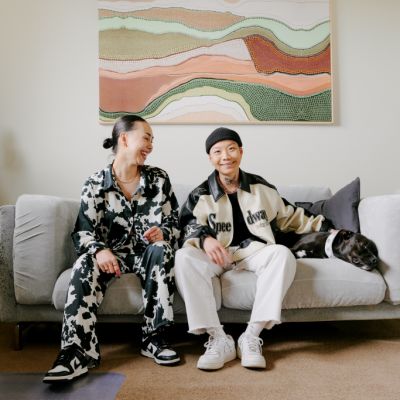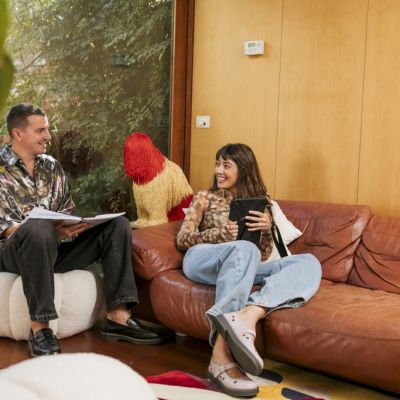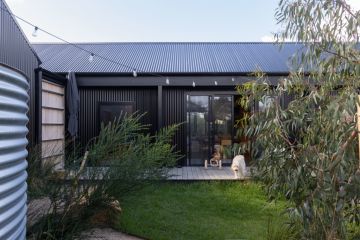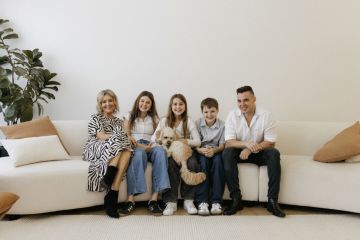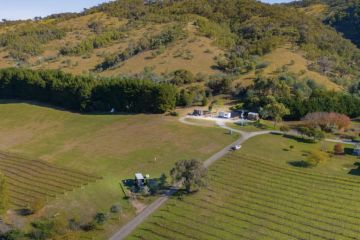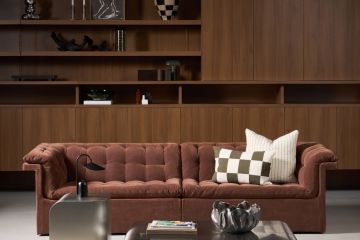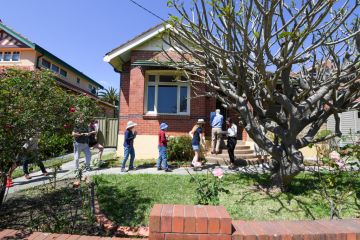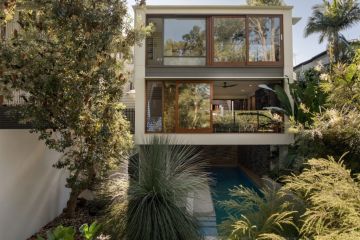How Fitzroy-based artist Mikaela Stafford dreams up her futuristic, nature-inspired artworks
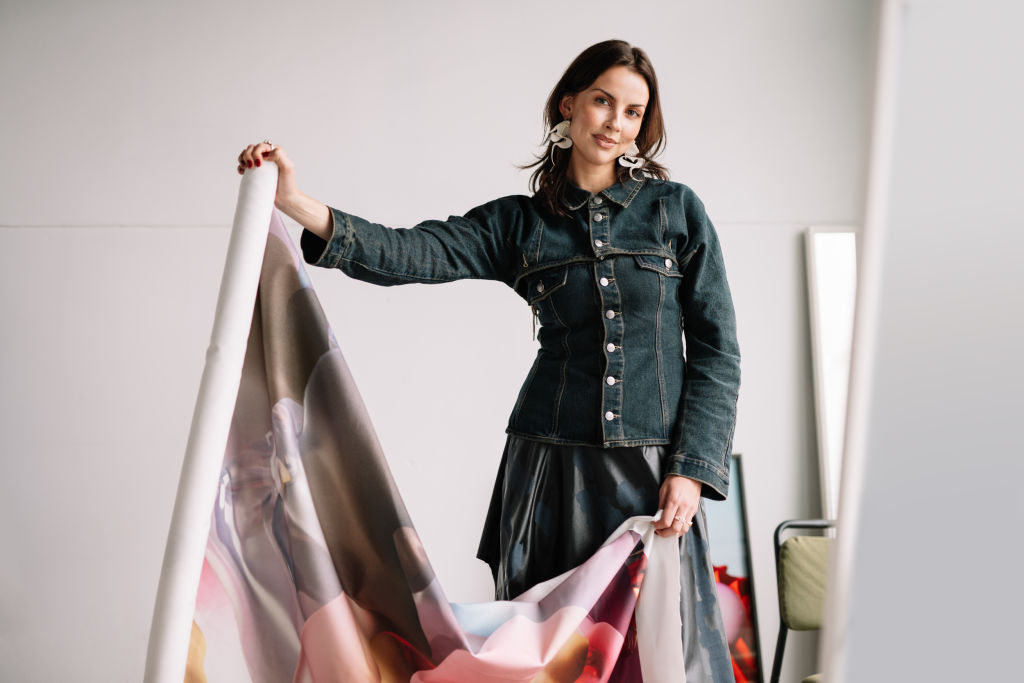
“Apathy is dangerous!” Mikaela Stafford tells Broadsheet.
The artist, known for her 3D motion graphics projected across public art installations and brand campaigns, is referring to the pervasive doom and gloom wrapped up with digital technologies.
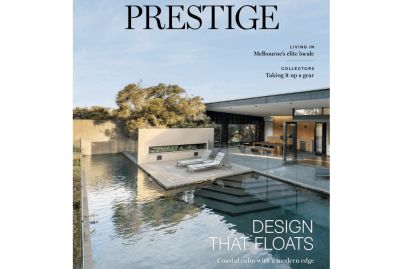

You know: excessive screen time, antisocial media, AI stealing our jobs. All the techno-dystopian discourse sparking fear and anxiety.
Stafford primarily makes art using digital programs and hopes to counter the overwhelming despair around our technological futures.
“I want to offer a sense of optimism,” she says. “When people don’t feel empowered or open-minded, they just tap out. I’m trying to encourage people to feel potential – because if there’s not a sense of possibility, then people can’t imagine their lives or other people’s lives to be better.”
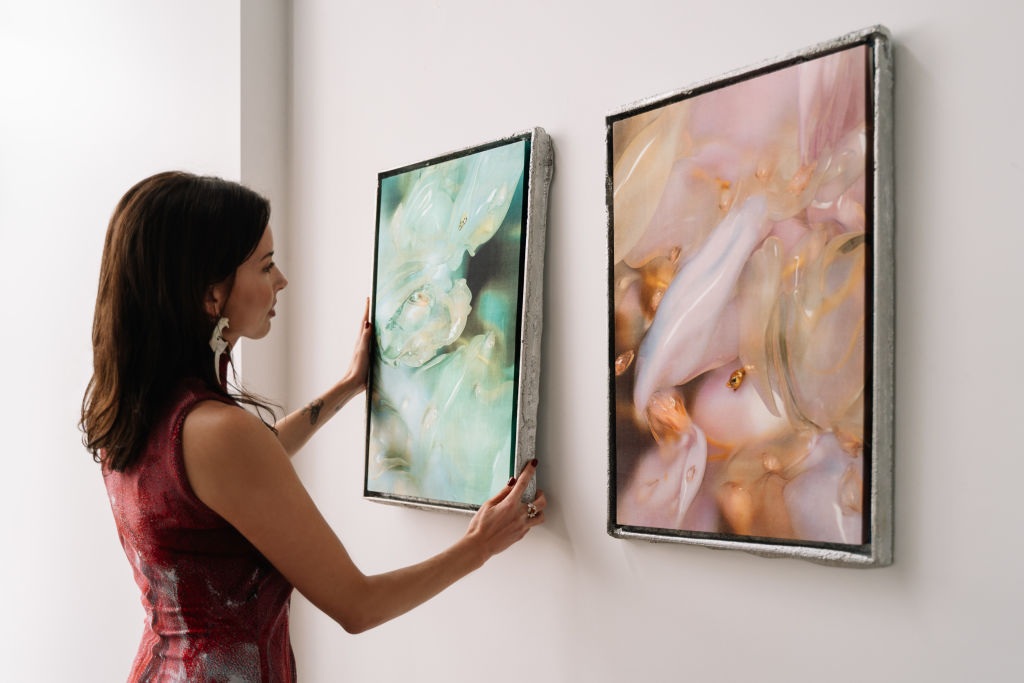
To look at Stafford’s peculiar, biophilic artwork is to fall into an alternative reality. Her vivid dreamscapes, rendered through animation programs such as Cinema 4D, can feel simultaneously cavernous and microscopic, alien yet familiar.
At first you’re struck by the detail, then you begin to question what exactly you’re gazing at. Is that coral? Folded glass? Liquid metal?
If there is an element of escapism to Stafford’s style, it can be traced to Melbourne’s lockdowns, when she first learned how to make art using 3D animation software.
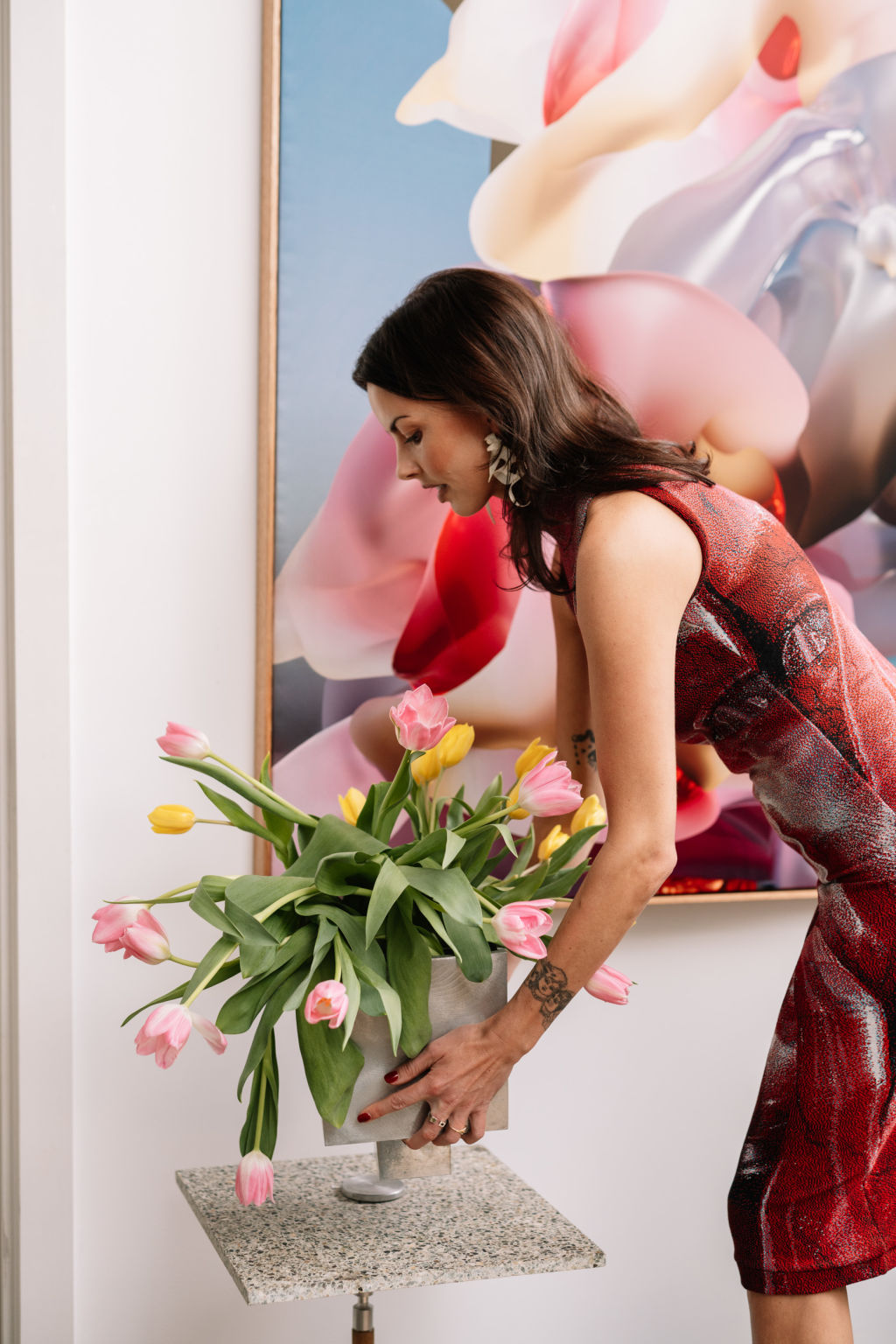
“We were so isolated, and I was definitely going through challenging mental-health stuff like everybody else,” she says. “Being able to create these sub-aquatic, abstract worlds was a really good place for my energy and mind to go. I could just escape into the places that I was creating.”
But before the world-building came the upskilling. When the pandemic halted her stage-design and installation work, Stafford directed her energies into learning 3D motion graphics, teaching herself via YouTube tutorials.
“I always found it really intimidating – I didn’t use any digital programs before doing motion 3D, which was a pretty hilarious move. But I think my naivety was to my advantage. If I’d known the mountain of learning that was involved, I’m not sure I’d have gone through with it.”
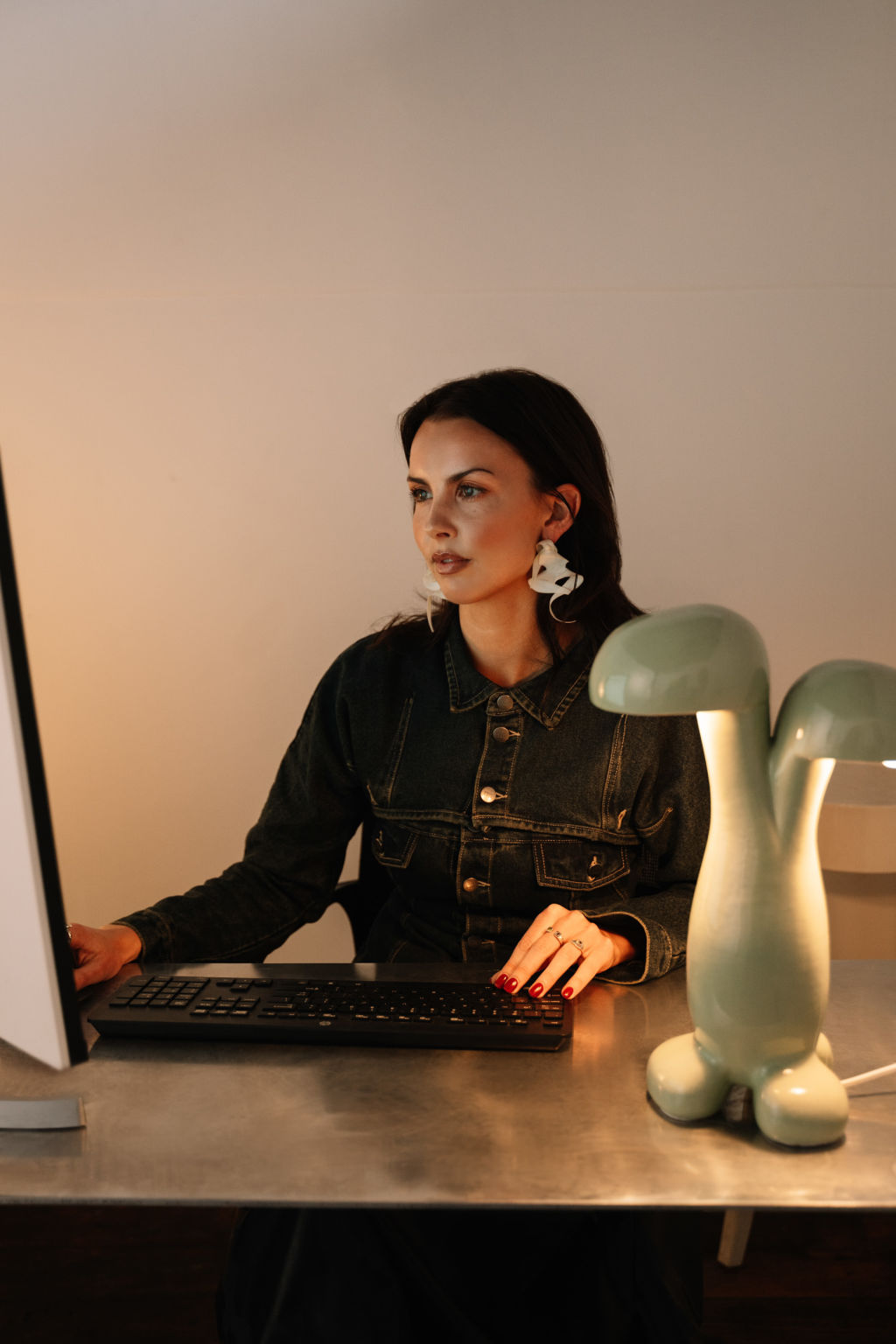
Cue multiple scenes of Stafford “crying over the keyboard”. By the six-month mark, though, her perseverance began to pay off.
She’d initially planned to use her animation skills to bolster her stage-design work, but once she realised the software’s potential, her mind buzzed with artistic ideas.
“I was creating things I was never able to fully execute in real life, because in stage installation you need money, space and a team to build stuff,” she says. “I finally found the tools that meant I could just do everything I wanted at my desk, and that was a really liberating moment.”
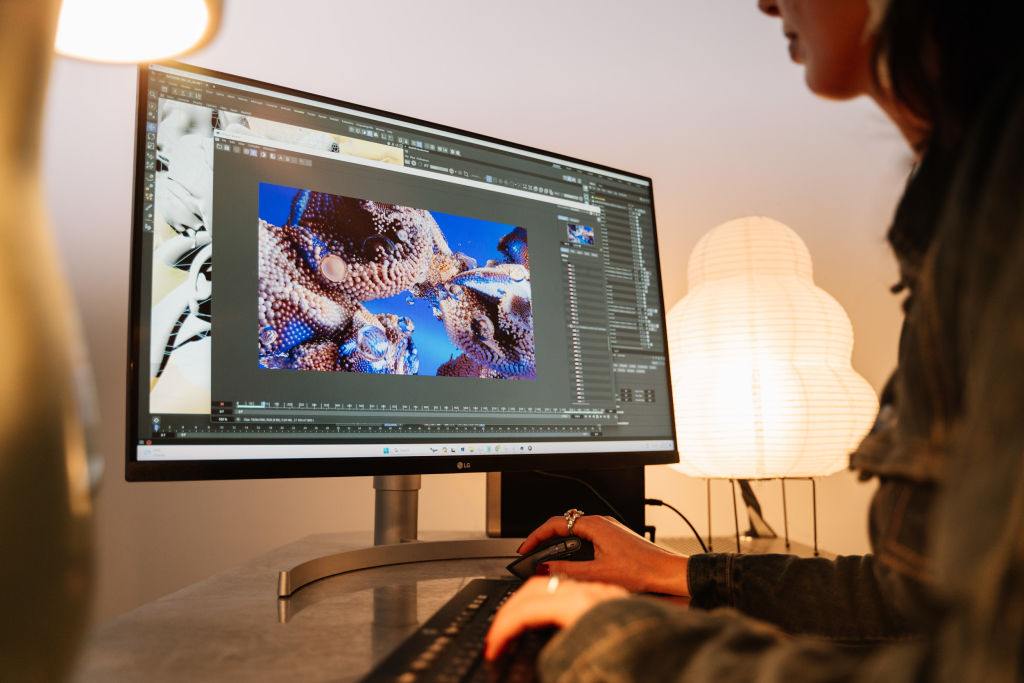
While digital art has not always been accepted by cultural gatekeepers, Stafford’s has been quickly embraced. Beauty brand Mecca sponsored her first big commercial project in 2022: a video artwork displayed in shopfronts across Australia and New Zealand.
Since then, she’s followed up with campaigns for Nike, Penfolds and Drunk Elephant. Her artwork has wrapped one of ACMI’s stairwells, graced the halls of the Tate Modern and decorated giant outdoor screens at music and cultural festivals.
A literal career high has been seeing her work beamed from a 30-metre screen in Hong Kong. “I was doing laps looking for the screen, then I realised I’d been looking at it the whole time,” she laughs. “It was so big, I thought it was just a building. That was really epic.”
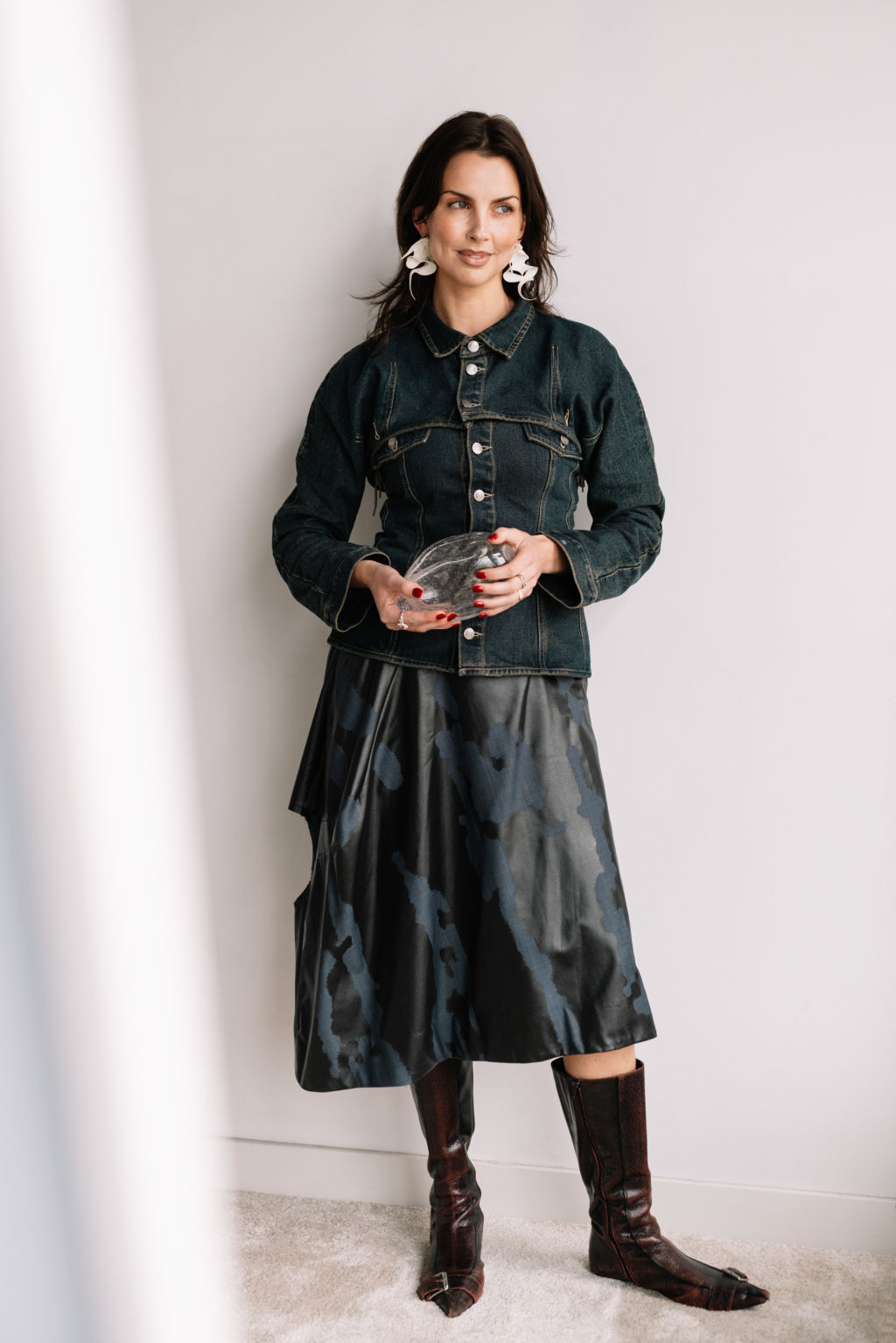
From a studio above retail store Sucker in Fitzroy, which she shares with a handful of other artists, Stafford dreams up large-scale public art concepts. She brings physical experiences and a sense of tactility to her art in an attempt to “renegotiate the relationship” we have with everyday screens.
“I think when it’s more experiential, it’s impactful and meaningful for people, especially in this time when digital media is so saturated everywhere,” she says. “I don’t just want my work to exist on social media or on a website.”
For all her time spent sitting behind the computer, Stafford relishes a good session in the workshop – somewhere she can properly get her hands dirty.
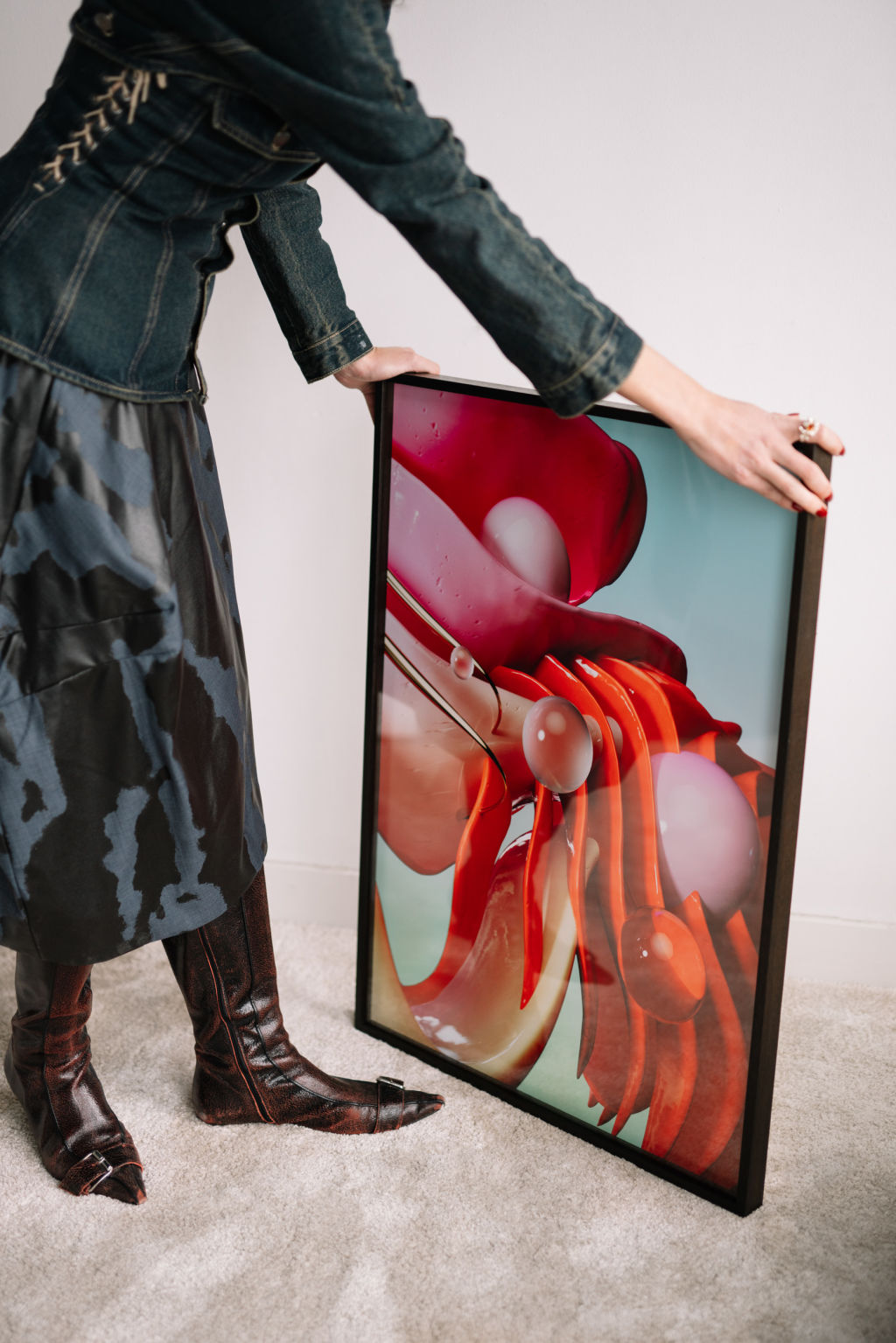
Recently, she’s been experimenting with bronze casting, shaping the molten material into sculptures which she describes as traditional in material and digital in shape. For a recent show, Stafford created sand-casted aluminium frames for a series of prints, fusing her futuristic aesthetics with ancient processes.
Though Stafford’s art exists primarily in pixels, it is constantly inspired and informed by the natural world.
“There’s always been a pull, a curiosity,” she says. “Everybody’s had a beautiful experience in the natural world – it’s where we do our best healing and have our favourite memories.”
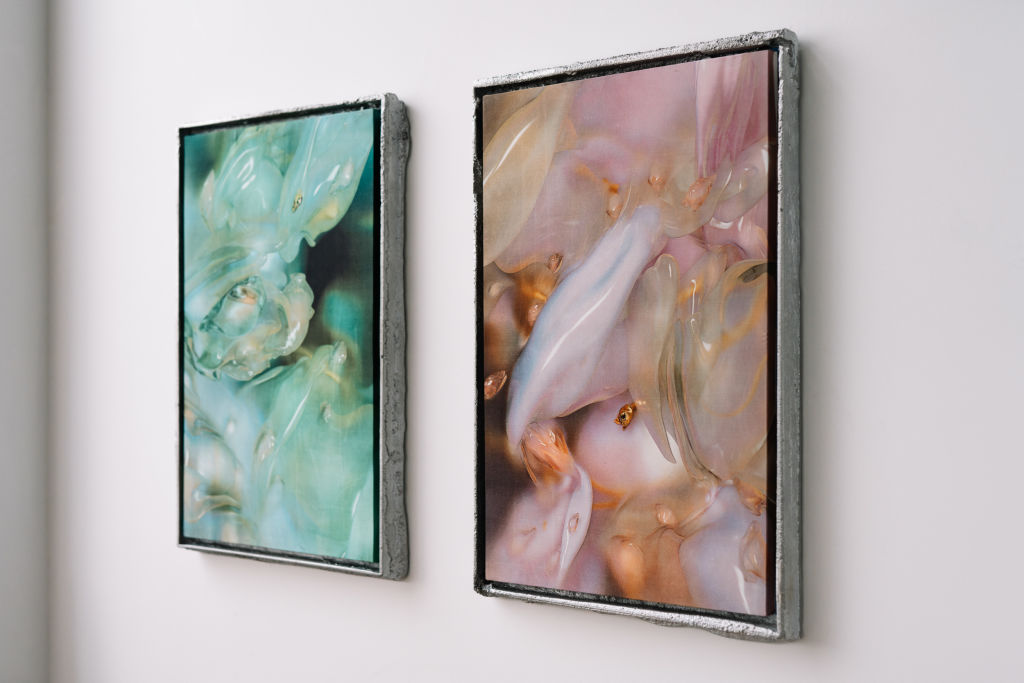
Encouraging curiosity and conversation around our environment is important. And if her images can ignite the imagination, that’s a win.
“I like to remind us that we have a responsibility to nurture the planet – to ask, ‘What does it look like in the future? What changes can we make to make it a better place?’”
This article first appeared in Domain Review, in partnership with Broadsheet.
We recommend
We thought you might like
States
Capital Cities
Capital Cities - Rentals
Popular Areas
Allhomes
More
